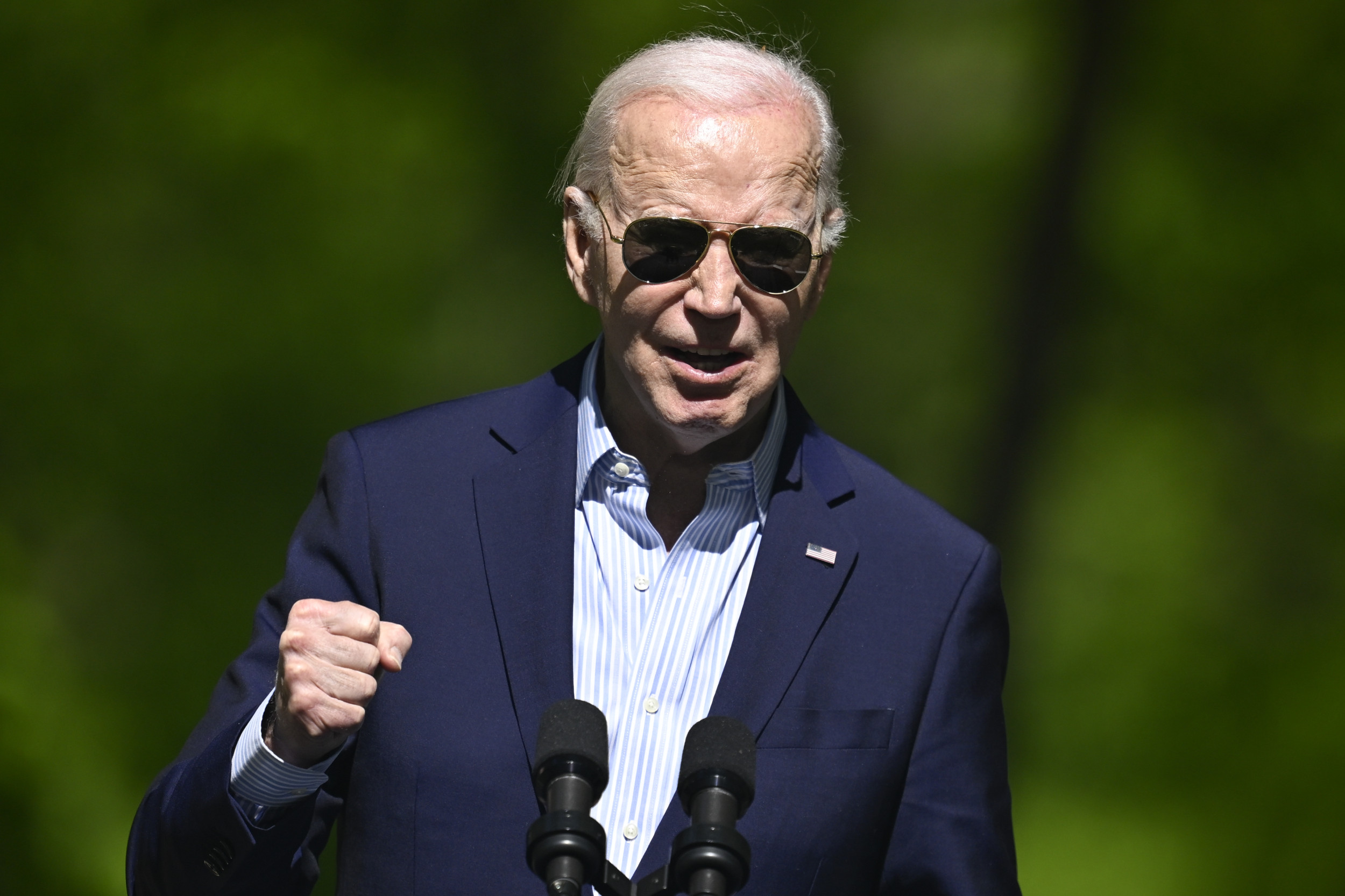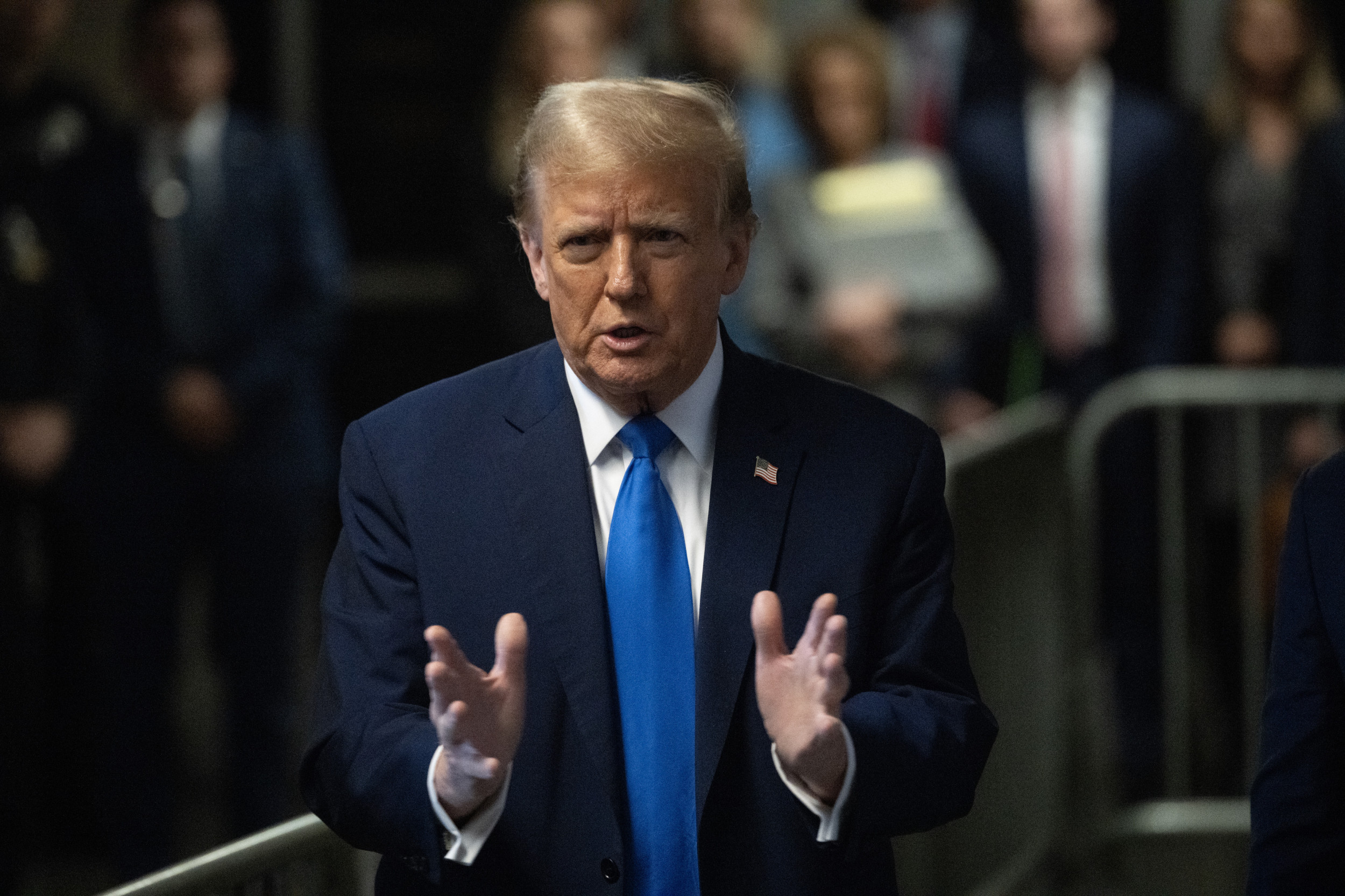MENTION COCONUT GROVE TO MOST Miamians and they'll think of the Cocowalk -- a trendy, multilevel mall styled around an ersatz Mediterranean plaza. From the chichi sidewalk tables of its Cafe Sci Sci, in less time than it takes for a frozen Tofutti to melt in the midday sun, you can make the one-minute trip to another open-air bazaar -- in the small park on Grand Avenue. ""Got boy, boy here,'' says a chorus of young black men as if they were selling peanuts at the ballpark. ""Boy,'' though, means heroin and is $15 a ""cap,'' short for capsule, enough ""to keep you relaxed seven or eight hours,'' says a 19-year-old white buyer. Prefer crack cocaine (called ""girl'') or pot? That's so prevalent the sellers don't bother to hawk it. And unlike the Cocowalk mall, here you don't even have to get out of your car to do business. The gold-chained merchants come right up. ""Hey, guys,'' one asks. ""What do you like?''
Anyone optimistic about the War on Drugs ought to contemplate Coconut Grove, the now infamous place where Jennifer Capriati's tennis career went up in smoke last month. Under the eye of one of the most aggressive law-enforcement systems in the nation, the Grove is a seeming embarrassment -- a veritable marketplace of illegal drug traffic known to all, yet shut down by no one. Even the squeegeemen on the causeways to Miami Beach get hassled more by the cops.
The Grove is hardly unique; Boston has Mission Hill, Los Angeles has the Pico-Union area and tourist guidebooks all but rate the permanent ""smoke-sellers'' who ply their trade in New York City's Washington Square Park. But Coconut Grove is all the more a contradiction because it includes some of Miami's most expensive real estate, featuring the bayfront man-sions of Madonna and Sylvester Stallone. On the weekends, its wild party scene attracts high-school and college kids to the bars and clubs along the main drag. Despite these upscale, legal activities -- maybe because of them -- the Grove remains a full-service drug mart. ""For a kid,'' says one from nearby Coral Gables High School, ""it's easier to score crack than beer. In the Black Grove the guys don't ask, "Let's see some ID'.''
The Black Grove is the old-fashioned black ghetto, settled by Bahamians at the turn of the century, that is wedged into a fashionable Miami suburb. Many of its estimated 4,600 residents -- about a quarter of the Grove as a whole -- are old-line middle-class homeowners who resisted Yuppie gentrification. But in a matter of yards along Grand Avenue, the ambience goes from quaint cottages to battle-scarred public housing. And, aside from what amounts to a border patrol that keeps places like Cocowalk secure, the police stick to their squad cars, leaving the dealers to run the streets. ""For two years, there was a crack house right next to mine,'' says Melanie Pasley-Thomas, a Black Grove activist. ""I complained to the city and nothing happened. The only reason they're gone now is that they finally burned themselves out.''
Most of Coco-nut Grove has accommodated itself to the drug trade in its midst. Police officials blame their limited showing on manpower shortage and higher law-enforcement priorities elsewhere -- like keeping unsuspecting tourists safe from crime. As in other cities, Grove businessmen and wealthy white homeowner groups protect themselves by hiring off-duty cops to ward off break-ins and car theft -- most of it by local drug users. But if they want help from the authorities, they're in trouble. ""If I hadn't told the police Jennifer Capriati was in that hotel room, they wouldn't have done anything,'' says Carmen Branagan, whose 17-year-old daughter was arrested in the Capriati bust on charges of heroin possession. ""If it had just been my kid, they would have laughed -- another bunch of middle-class druggies, partying in the Grove.'' The police themselves don't deny they're largely impotent. ""There's not much else we can do,'' says spokesman Angelo Bitsis. At any one time, about 20 cops patrol the Grove, but only a handful anywhere near the drug mart. ""We can't go in there like an occupying army,'' says one patrolman. In the Black Grove itself, Pasley-Thomas says, the attitude is ""see no evil, speak no evil.''
The most striking aspect of Coconut Grove and other drug zones is their seeming intractability. ""We've created street-level drug markets that become almost impossible to police,'' says Prof. Lynn Zimmer of Queens College in New York City. Research by New York's Vera Institute of Justice shows that even massive assaults by police on drug marts win few lasting victories. Nonetheless, Washington is making noise about new efforts to crack down on places like Coconut Grove. The new chief of the Drug Enforcement Administration, Thomas Constantine, is expected to announce plans to shift the war back to pushers in the streets. In the Grove, they can't be very optimistic. Three days after the Capriati arrest, federal agents concluded a two-year investigation with a dawn raid on two Grand Avenue-based drug rings. By afternoon, the dealers were back in the park.
Uncommon Knowledge
Newsweek is committed to challenging conventional wisdom and finding connections in the search for common ground.
Newsweek is committed to challenging conventional wisdom and finding connections in the search for common ground.
About the writer
To read how Newsweek uses AI as a newsroom tool, Click here.








